
The more that DARPA works on NextGen Military equipment and machines; it feels like 1970s Star Wars is coming to life. Autonomous Jets with Death Lasers, dissovable weapons after usage, etc. Actually, this is good and bad.
DARPA’s transient technology was initially developed under an aptly named DARPA program called VAPR for “Vanishing Programmable Resources.” This program seeks electronic systems capable of physically disappearing in a controlled, triggerable manner.
“These transient electronics should have performance comparable to commercial-off-the-shelf electronics, but with limited device persistence that can be programmed, adjusted in real-time, triggered, and/or be sensitive to the deployment environment,” said DARPA.
VAPR aims to enable transient electronics as a deployable technology in the battlefield. Examples of these transient electronic devices are large-area distributed networks of sensors that decompose into the ground on command.
Read more


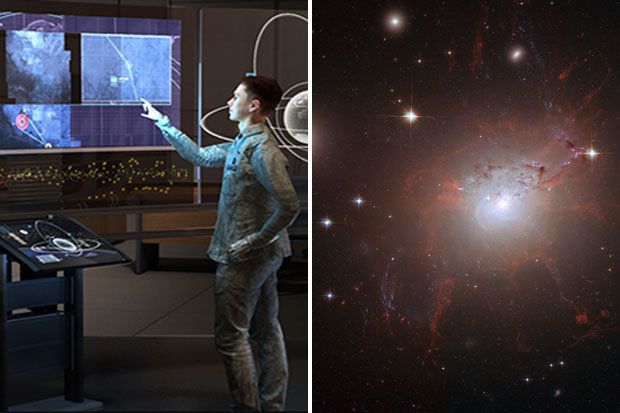
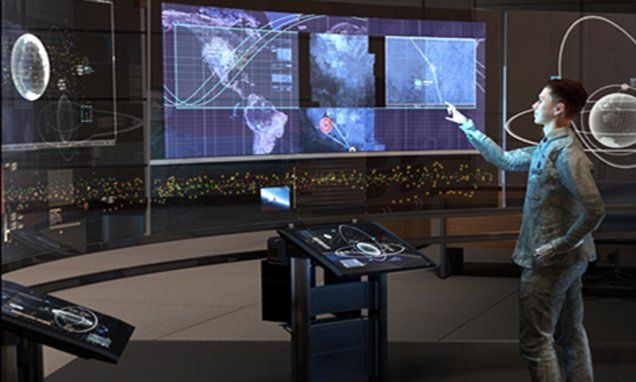


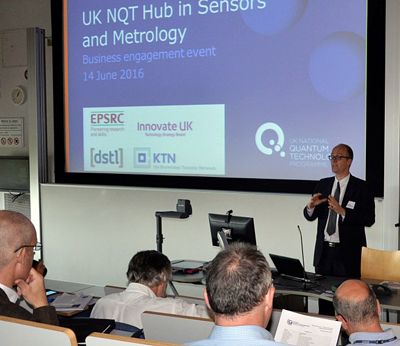
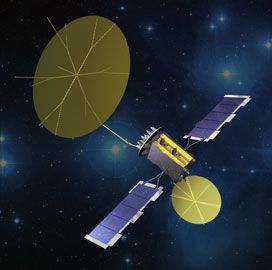
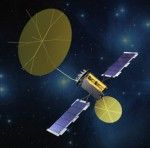 The Defense Advanced Research Projects Agency plans to demonstrate a positioning, navigation and timing system that will use very low frequency band signals as backup in case military forces lose access to GPS networks.
The Defense Advanced Research Projects Agency plans to demonstrate a positioning, navigation and timing system that will use very low frequency band signals as backup in case military forces lose access to GPS networks.